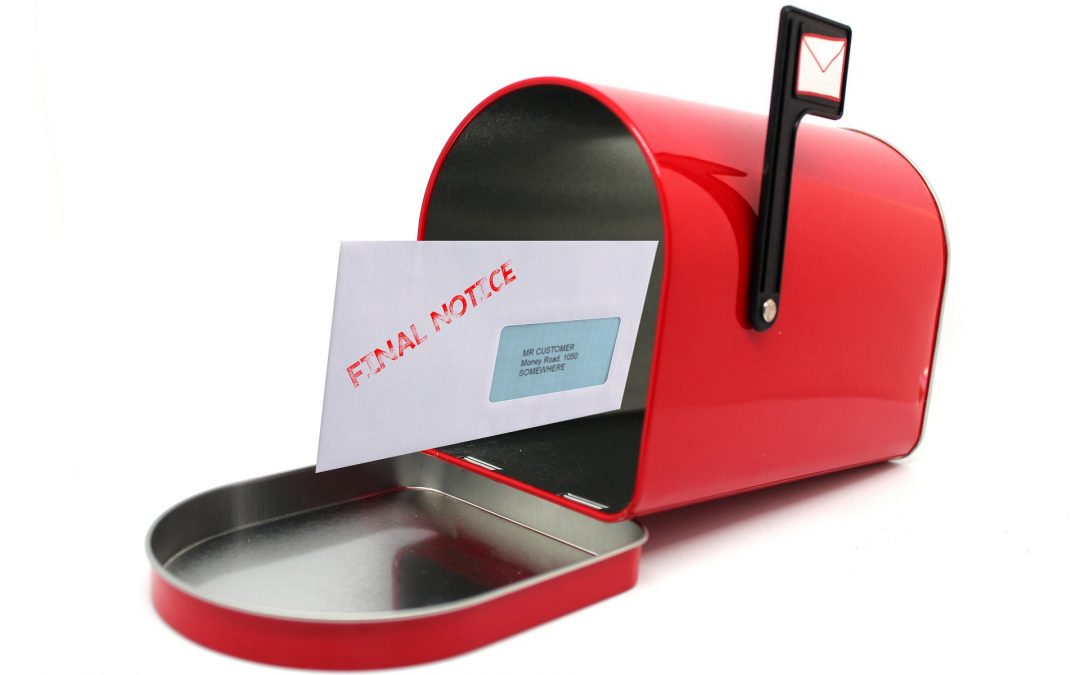Every year, start-ups and small enterprises in the United Kingdom fail due to a lack of funds. Cash flow issues created by slow-paying consumers and bad debt are one of the key reasons behind this. Your company’s potential to develop will be jeopardised unless you create a clear credit control approach.
What is the significance of credit control?
Any business’s lifeblood is cash flow. A business cannot pay its expenses, invest in new goods, or recruit new personnel without it. Credit control is one of the most critical strategies for organisations to guarantee they have adequate cash to conduct their operations.
Credit control keeps track of and manages a company’s accounts receivable or bills that have yet to be paid by customers. Businesses may enhance their cash flow and minimise financial difficulties by constantly monitoring these accounts and taking action when payments are late or overdue.
Below are five of the best tips to follow for effective credit control,
1. Make an easy and effective credit control method:
The actual procedure is one of the most crucial but sometimes disregarded aspects of the credit-control process. Your accounts receivables team may implement a coordinated and professional credit management approach by explicitly laying out a day-by-day plan from the time the order is made until the invoice is paid.
2. Examine your sales records:
Don’t be fooled: this isn’t the big project you think it is! Reviewing your sales ledger for 5 minutes each morning will help you see which clients are approaching or missing payment deadlines. This information may then be utilised to arrange your time better.
3. Keep an eye on your current clients:
You may be credit-checking prospective consumers, but do you remember to do the same with your current customers? Failure to do so might put you at risk since circumstances change rapidly, and your previous credit check may no longer be valid. Online credit score monitoring can assist in identifying which consumers to keep an eye on.
4. Encourage people to pay on time:
Early payment may be promoted on the most basic level by making it simple to pay bills. You might offer riskier customers early settlement cutbacks if they pay within the credit terms in terms of incentives. It can also be beneficial if certain clients pay the bulk of their invoices on time instead of paying everything late.
5. Don’t forget to update cash flow forecasts:
There are two things to examine after it’s evident that debt will surpass its credit terms. If the second option is the greatest means to collect that debt, the first is more pressing: your cash flow. By regularly updating your cash flow projection, you will be alerted to any imminent cash flow gaps in your company, allowing you to take action to avoid being the one being pursued outstanding debts.
Conclusion:
It may be difficult to balance wanting people to buy from you and selecting who is worth the risk. Time and experience will teach company owners what to know, but education fees are frequently prohibitively expensive, especially in these difficult economic times. For more information, contact McCarthy Browne.

